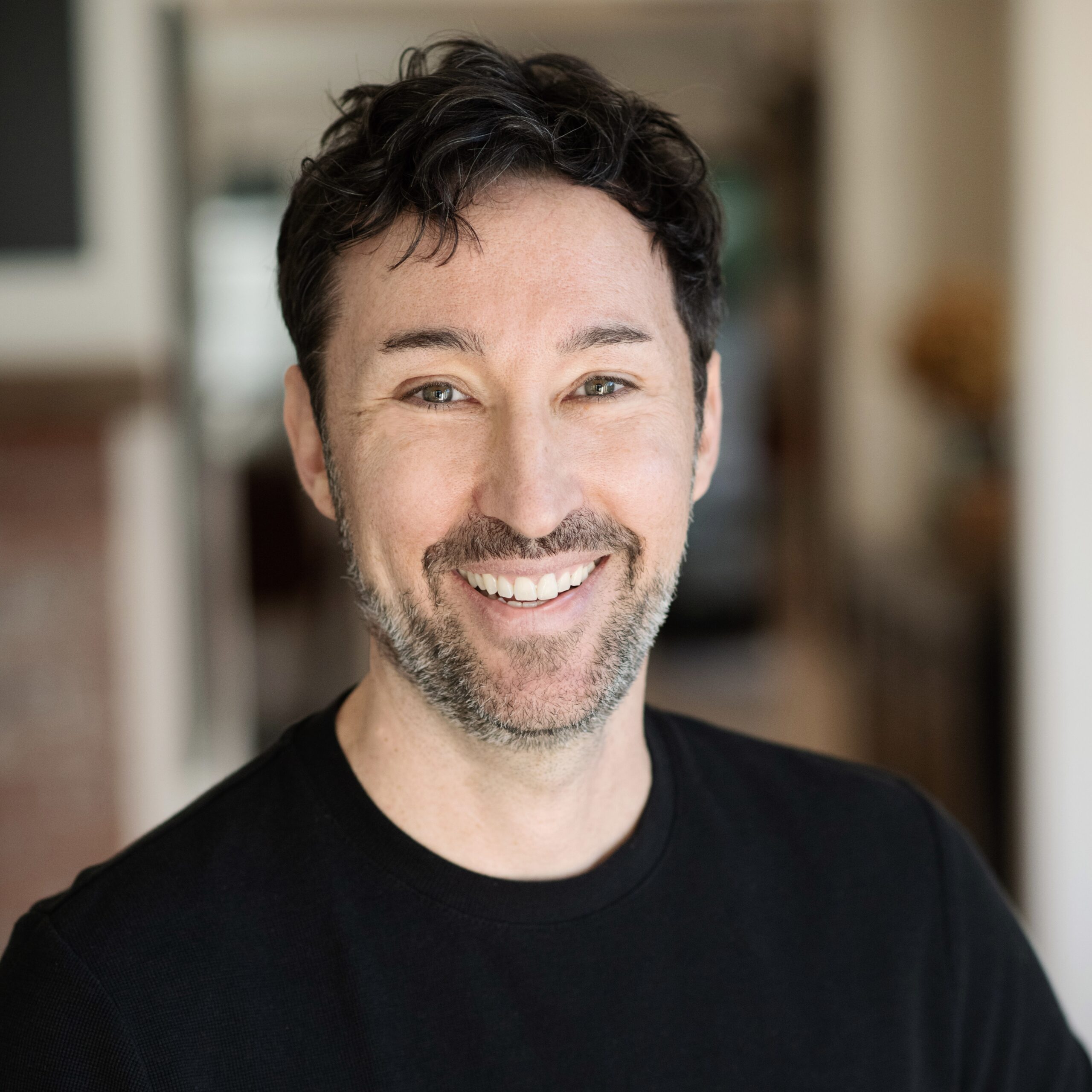
Hi, I’m David Treleaven.
I’m a writer, educator, and trauma professional originally from Toronto, Canada. My work is training people to teach and practice mindfulness in a trauma-sensitive way.
So, what does trauma-sensitive mean?
At its core, trauma-sensitivity is about recognizing and responding to the unique needs of people struggling with trauma. In my work, this approach is applied specifically to mindfulness and meditation, transforming these practices into powerful tools for healing.
What is Trauma-Sensitive Mindfulness?
Trauma-Sensitive Mindfulness (TSM) adapts mindfulness and meditation practices to meet the needs of those who’ve experienced trauma. It highlights both the potential risks and powerful benefits of mindfulness, offering practical techniques that can be applied in any setting—whether you’re a teacher, coach, or practitioner.
Since 2016, I’ve had the privilege of training thousands of meditation and yoga teachers, healthcare workers, coaches, and educators, equipping them with the tools to teach and practice mindfulness in a trauma-sensitive way.
This journey has been deeply meaningful to me, not just as a teacher, but as someone who has lived through it.
In 2006, I had a challenging experience on a silent meditation retreat that led me to study the relationship between mindfulness, meditation, and trauma. This experience sparked my interest and eventually led to my dissertation on the topic. Through my research and personal journey, I came to understand how mindfulness can be both a powerful tool and, if not practiced carefully, a source of overwhelm or distress for trauma survivors.
This is why I created TSM—to help practitioners navigate the risks of mindfulness for trauma survivors while unlocking its transformative benefits.
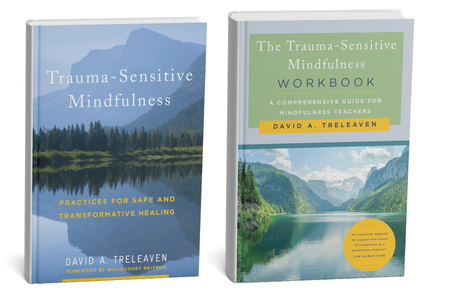
In addition to my training work, I’ve written two books published by W. W. Norton: Trauma-Sensitive Mindfulness: Practices for Safe and Transformative Healing and The Trauma-Sensitive Mindfulness Workbook: A Comprehensive Guide for Mindfulness Teachers. These books offer insights into how mindfulness can be safely applied for trauma recovery.
I also offer a TSM Podcast that you can find here. Guests included Sharon Salzberg, Dan Siegel, Will Kabat-Zinn, Thomas Hübl and others.
What Teachers and Practitioners are Saying About TSM
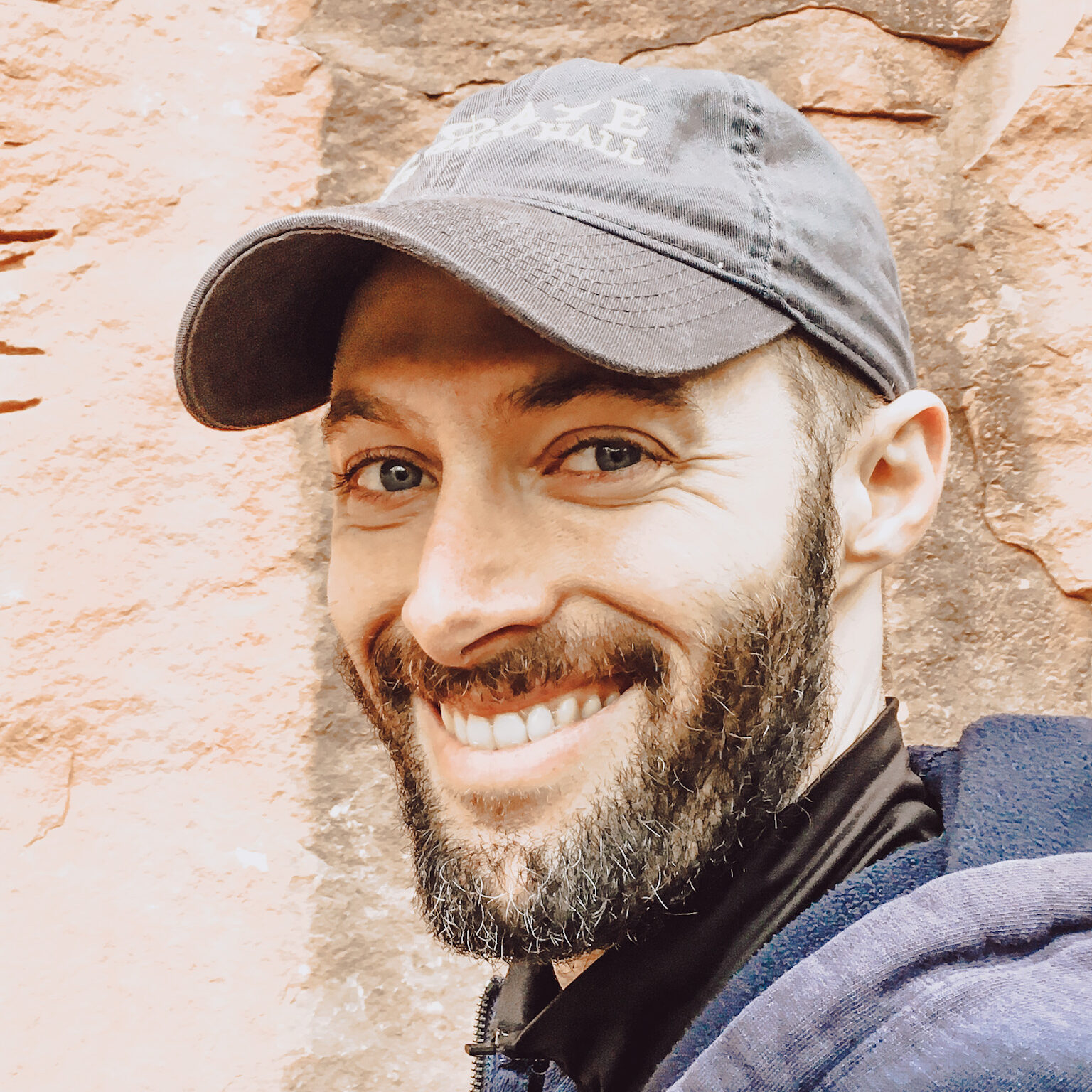
"The TSM course came at just the right time in my life. It significantly bolstered my understanding of the relationship between trauma and mindfulness, increasing my confidence in providing healing work to incarcerated populations."
— KOREN ELOUL
Mindfulness Teacher and Prison Educator

"Returning to my meditation practice using TSM principles was a deeply healing experience for me. It gave me the courage and the freedom to begin offering TSM to my clients."
— KATHY HAYES-BLOCH
Psychotherapist and Mindfulness Teacher
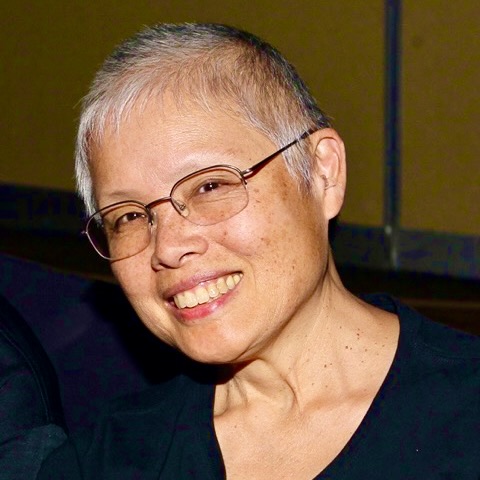
Everyone who teaches mindfulness or compassion, whether secular or Buddhist, needs to learn Trauma-Sensitive Mindfulness — it will radically change how you teach in the best possible way."
— LORI WONG
Mindfulness and Self-Compassion Teacher

"Everything about this training was more than I anticipated. It gave me the freedom and permission to approach my work with more fluidity, intuition, and deeper knowledge."
— JOHANNA TRAVIESO
Licensed Professional Counsellor
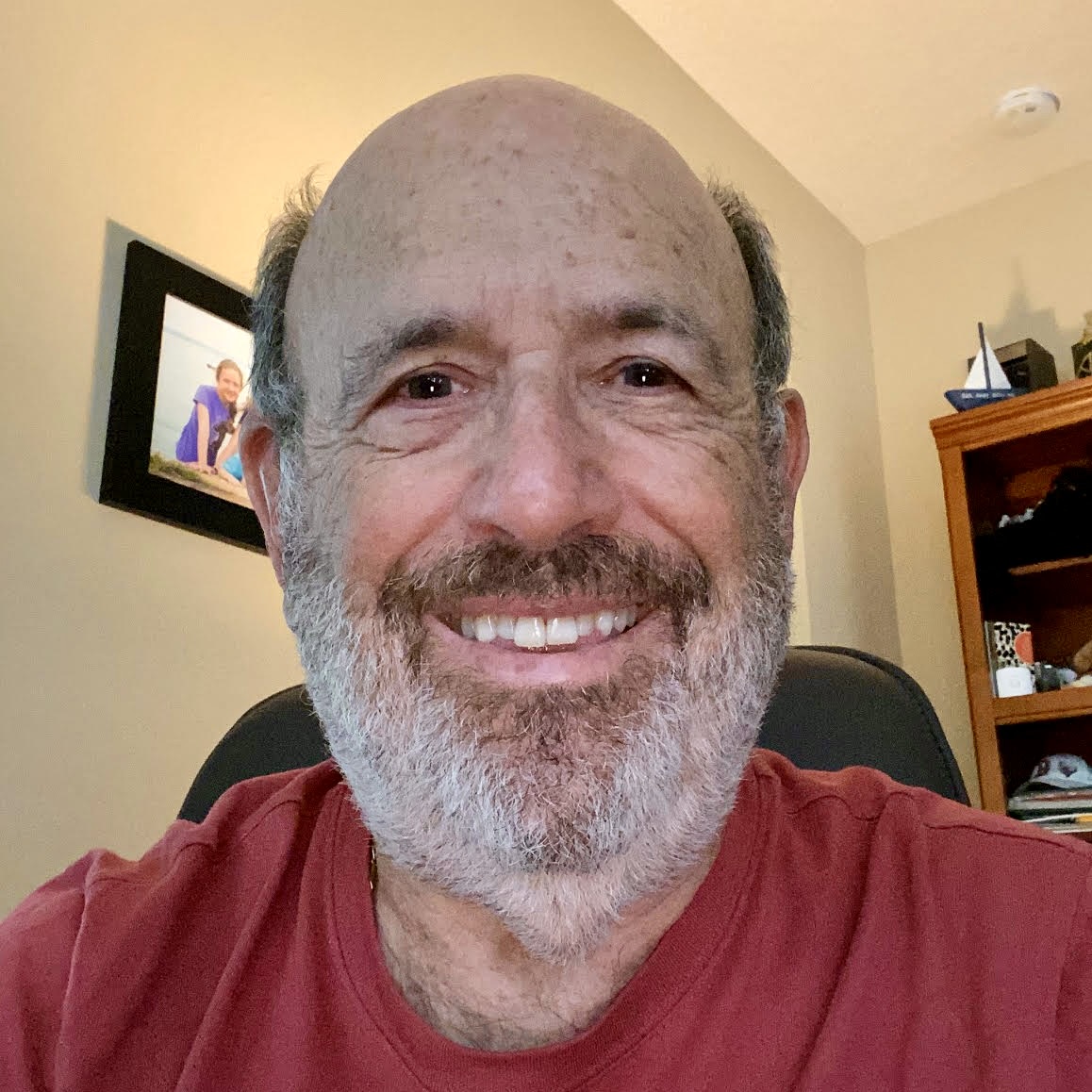
"David’s work has been invaluable to students during my mindfulness classes to outpatient veterans. Introducing the principles of TSM has made it easier for Vets with any trauma to gain a better understanding of themselves."
— RICH COHEN
Certified MBSR and MBI teacher, Tampa Veteran’s Hospital
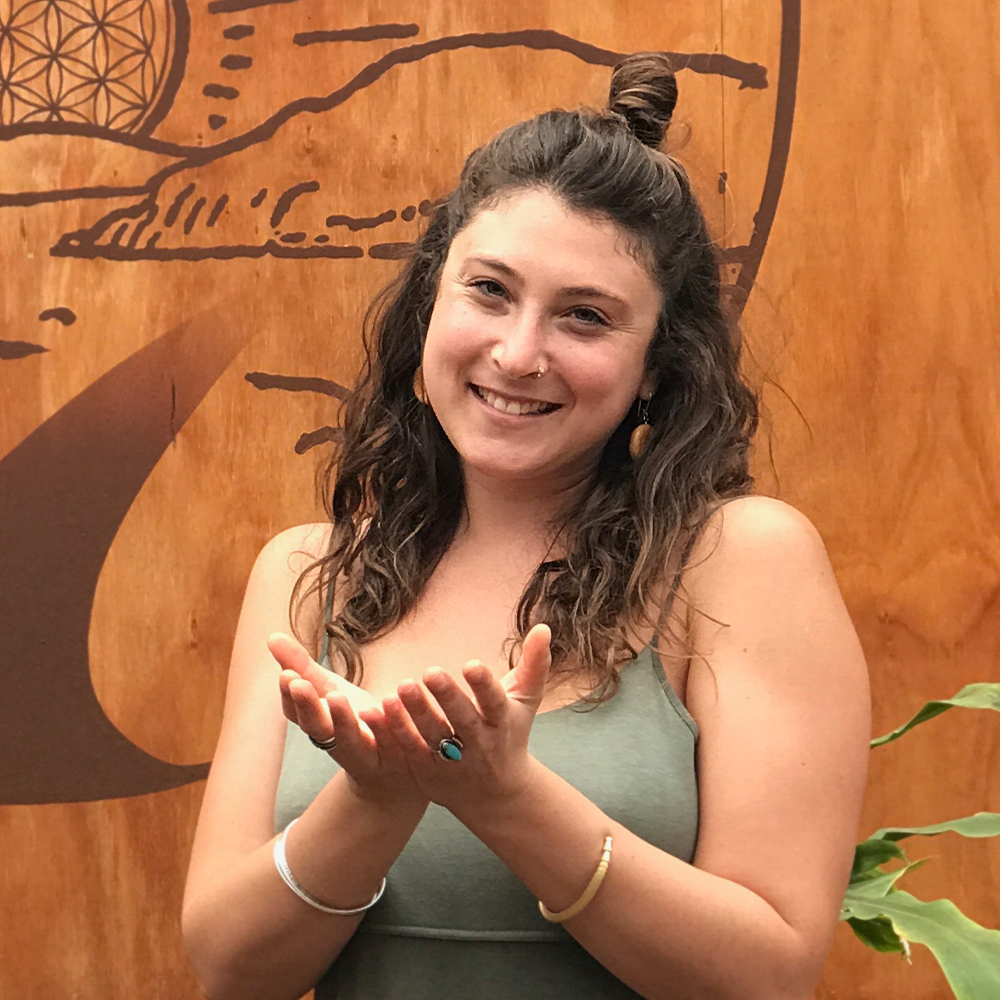
"Trauma-Sensitive Mindfulness has given me spaciousness, permission, and choice in practice, welcoming all parts of myself, encouraging me to trust and navigate my own knowing. It expands the tools I have to work with whatever arises."
— GAVRILA NIKHILA, AMFT
Mindfulness Educator and Psychotherapist
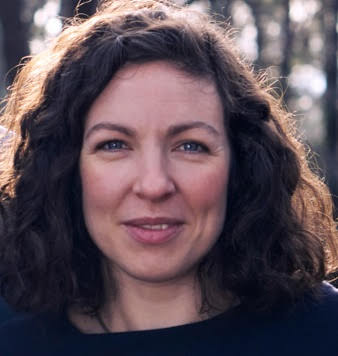
"The Trauma-Sensitive Mindfulness community has been a hugely supportive and growth-filled place, nourishing this intention with practical, practice-filled teaching. I anticipate returning to this community throughout my time as a teacher."
— LAURA STEPHENS
Mindfulness-Based Stress Reduction Teacher (Cambridge, UK)
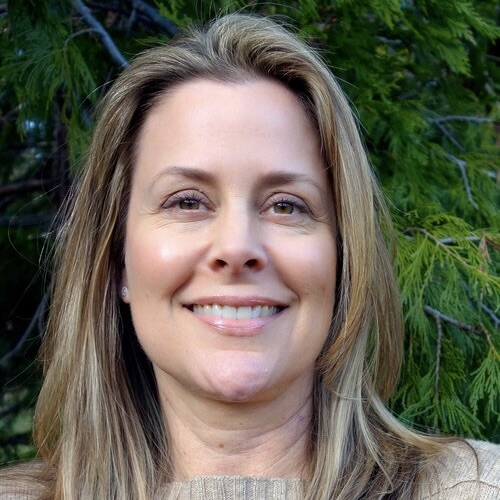
"TSM gave me the reassurance that I wasn’t alone, that healing trauma and mindfulness do not have to be separate processes, and how to develop a deep practice without causing harm to ourselves or students."
— LAURIE COUSINS
Mindfulness Teacher and Somatic REsilience Practitioner
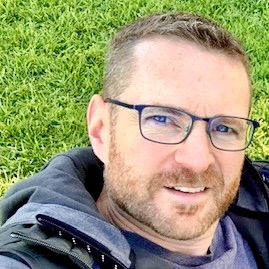
“Through TSM, I have enriched my personal mindfulness practice, cultivated a deeper sense of empathy for myself and others, and gained a profound respect for the importance of applying a trauma-sensitive lens."
— JAMES GALLAGHER
Certified Mindfulness Instructor and founder of El Collaborative
About David Treleaven
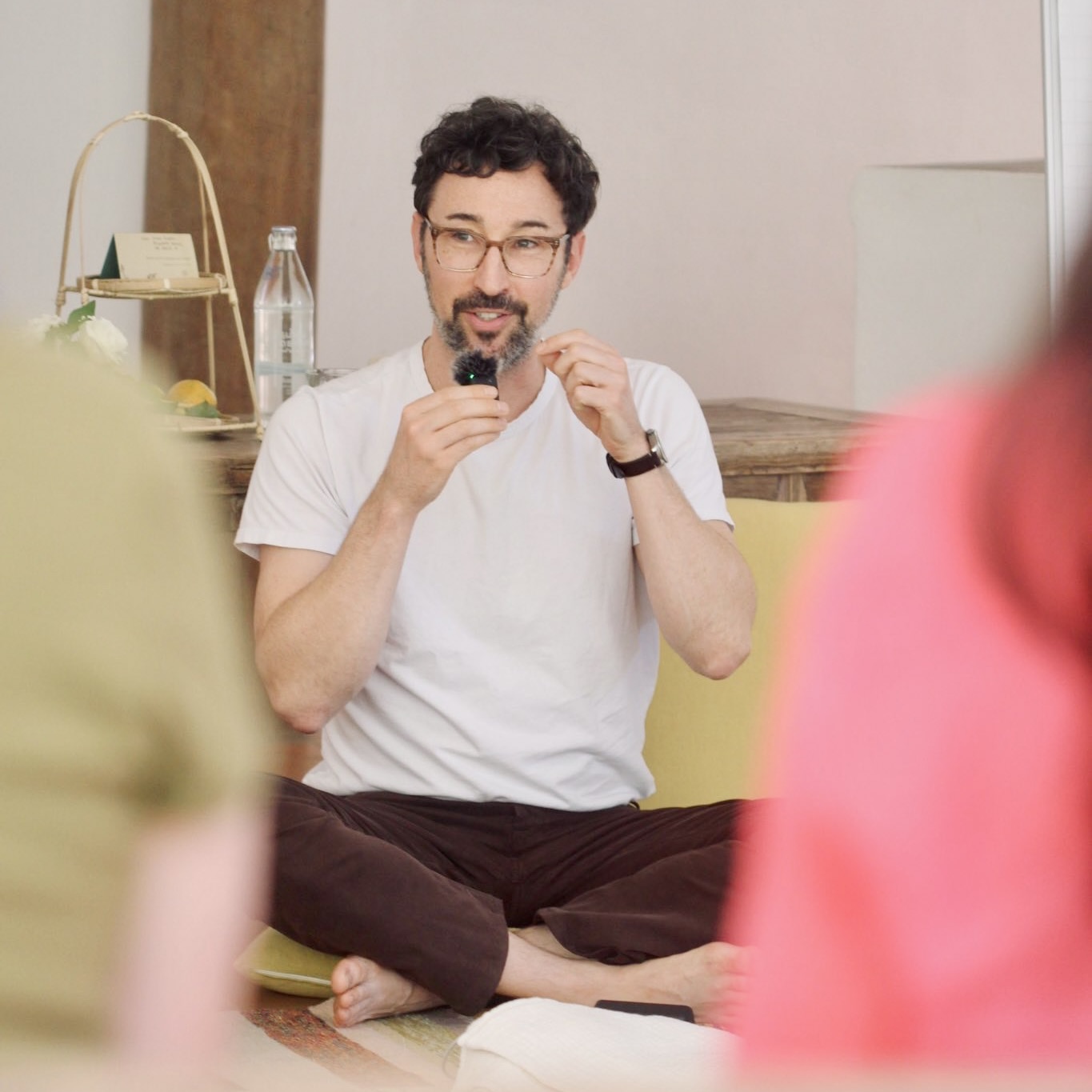
David Treleaven, PhD, is a writer, educator, and trauma professional specializing in the intersection of mindfulness and trauma. He is the author of the acclaimed book Trauma-Sensitive Mindfulness (2018) and the follow-up Trauma-Sensitive Mindfulness Workbook (2025), both published by W. W. Norton. His original book has been translated into 10 languages and continues to shape mindfulness practices and teaching worldwide.
David’s work has been incorporated into leading mindfulness teacher trainings around the world. He’s been invited to teach at institutions such as the Oxford Mindfulness Center, Brown University, UCLA, and various mindfulness organizations across Europe, Latin America, and Southeast Asia. His teaching has also extended to esteemed centers such as Spirit Rock Meditation Center, the Shambhala Mountain Center, the Esalen Institute, and the Omega Institute in Rhinebeck, New York.
FREE WEBINAR
Discover the Truth About Mindfulness and Trauma
While mindfulness can be deeply healing, it can also be challenging for those navigating trauma. In this free webinar, I’ll explain why—and share tools to make your mindfulness practice and teaching more trauma-sensitive and supportive.
